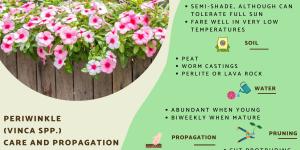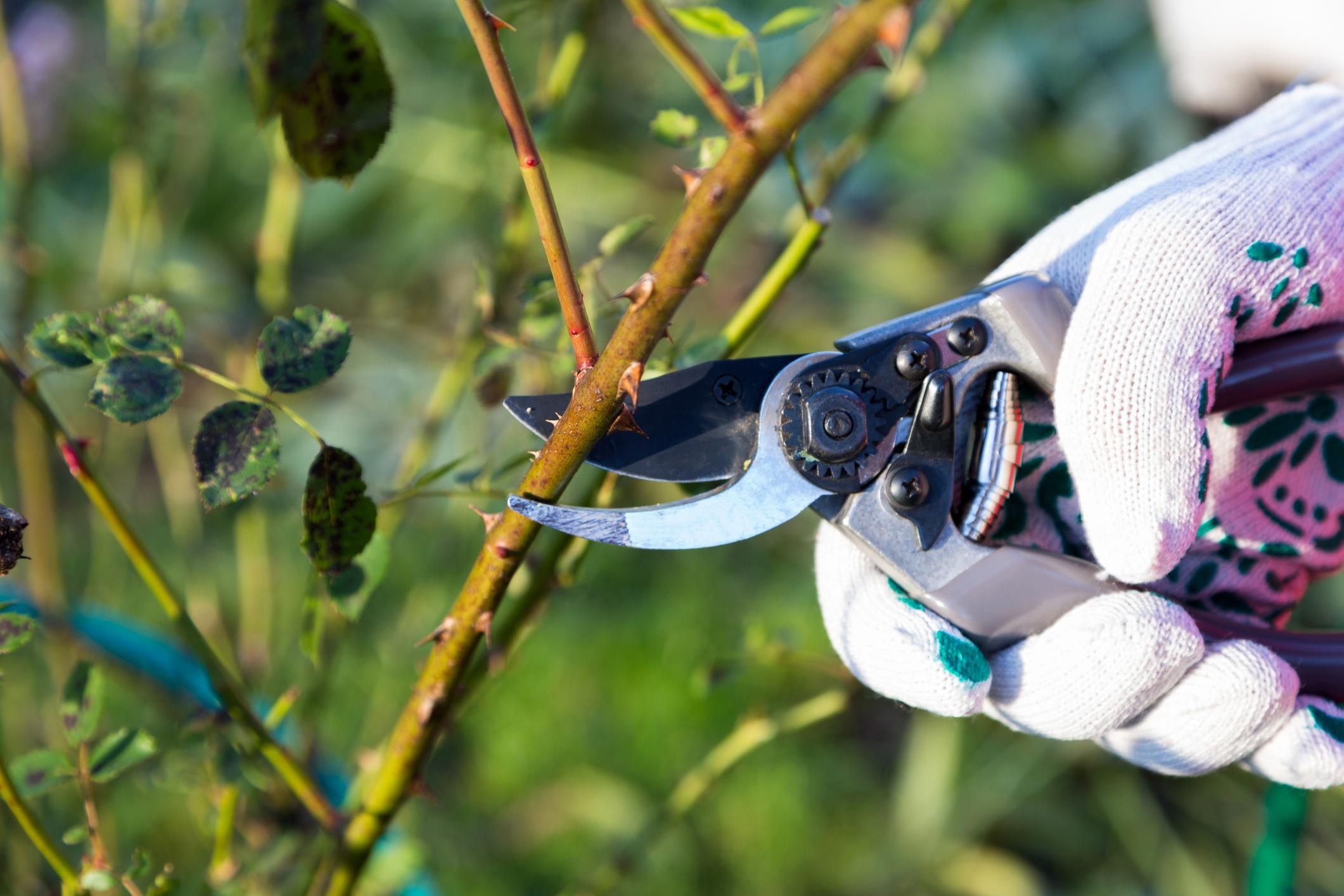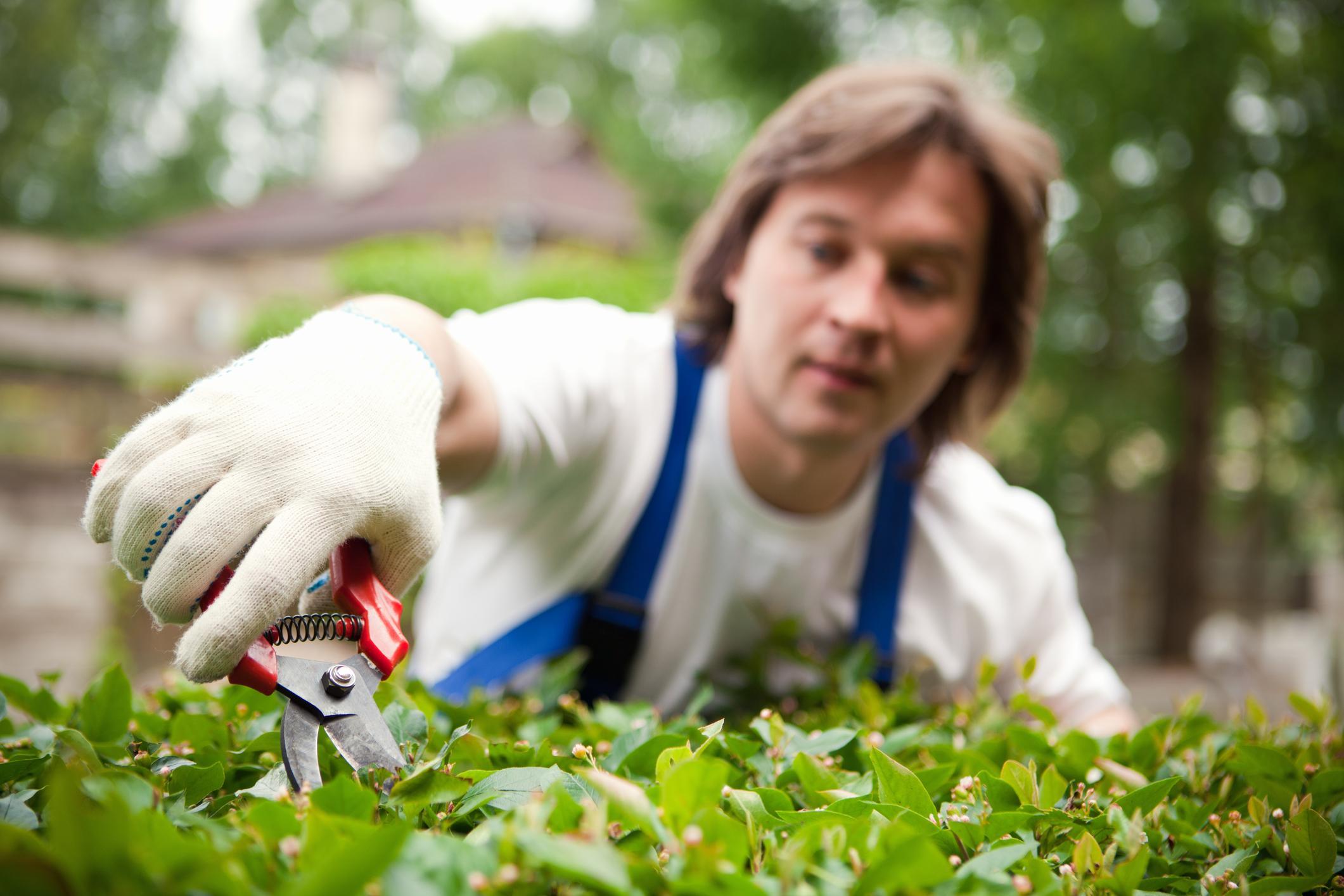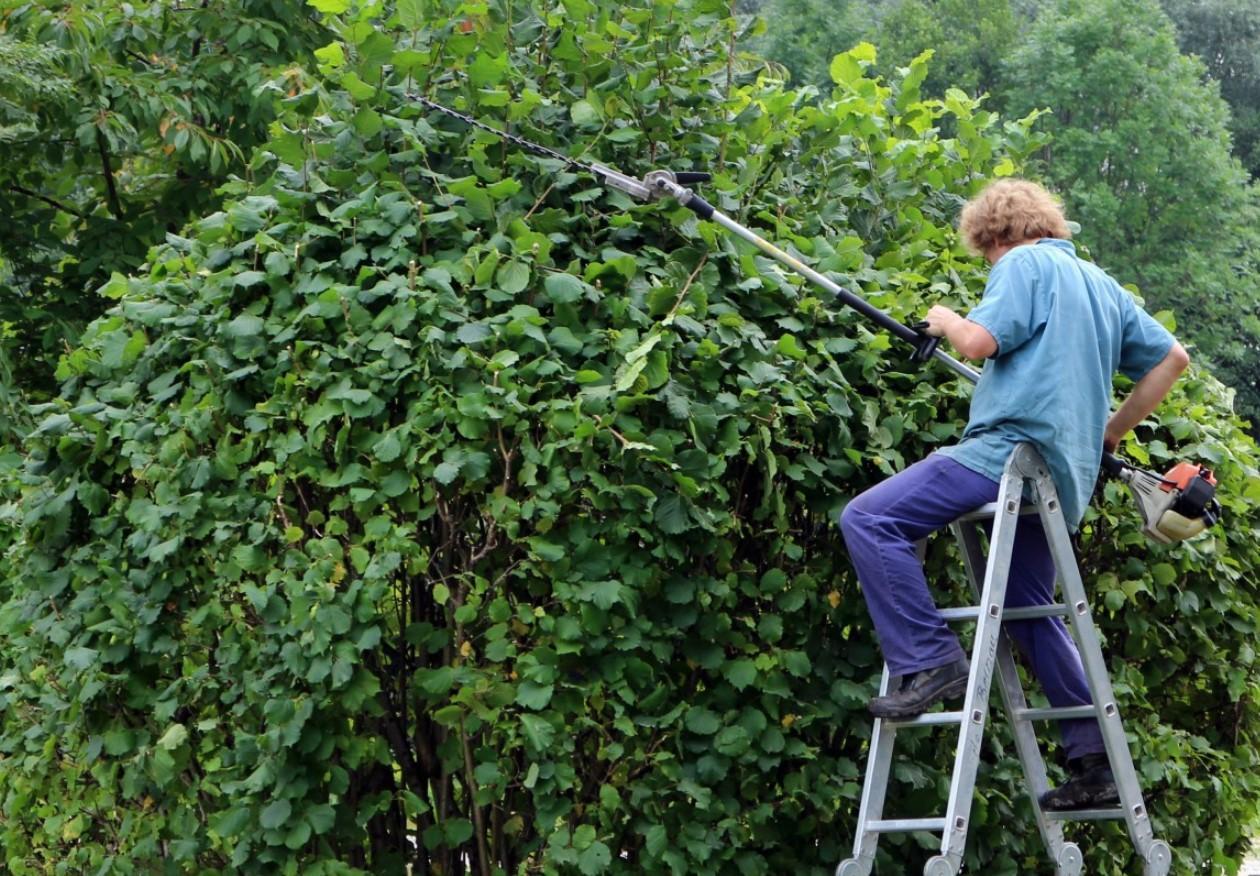Types of Pruning Techniques


Pruning is an often overlooked aspect of gardening and plant care, but it may make the difference in your plant surviving another season. Those of us that do prune our plants may not always be using the right technique to help the plant. This is understandable, since pruning is one of the most technical aspects when it comes to plant care. Pruning the right way doesn't only mean the right technique, it means using the right safety protocols for your plant's health.
At thedailyECO, we look at the different types of pruning techniques in gardening. By looking at each type of pruning individually, we can help you know which is most suitable to your particular needs.
The basics of pruning
Before starting with the different types of pruning techniques, it is necessary to mention the basic approach. Pruning is a process with the power to restore and maintain the health of the plant, a necessity for many plants which have health problems. It is also a way to shape the final appearance of a plant for aesthetic purposes. The apex of this is known as topiary, a kind of pruning art which can make incredible shapes out of certain plants.
While pruning can be a plant's savior, doing it the wrong way can also cause a lot of damage. This could be due to poor technique which damages the stems or spreads disease. It could also be doing it at the wrong time, resulting in improper growth of the plant.
The first vital factor to consider with pruning is the tools we use. Whether you use a pair of scissors, pruning knife or even a saw, the tools must be as sharp as possible to make clean cuts. If you use blunt blades, it can result in damage to the tree and harm the healing process. Pruning tools must also be cleaned thoroughly, especially when moving from plant to plant. This helps to prevent disease which can easily enter through the exposed tissues after a cut. We should always sterilize our tools with suitable products which are safe for use in plants.
When cutting vertical stems or branches of a certain size, it is also important to cut at an angle of 45º. This prevents a flat surface from forming, something which can lead to the accumulation of water or other materials. Such accumulation can influence the development of pests or diseases. Learn more about how we can tell if a plant is developing diseases or pests with our article explaining why a plant has black spots on its leaves.
Training pruning
We associate training with our pets, especially when they are young. This approach can also be applied to young trees or shrubs. Doing so can help them to form a certain shapes that suits our specific needs or tastes. As we have mentioned, this can include topiary whereby ornate shapes are created via trimming. However, it can also be used to provide a large crown to shield plants underneath or even simply to fit into a specific space in our garden.
Pruning as a form of training is especially important in fruit farms. In agriculture, it is very important that the branches of the tree are shaped so that it is easy to access the fruit when it is ripe for harvesting.
It is important to be clear about the shape you want to give the plant from the beginning. This type of pruning technique is one which is carried out over several years and in phases. Knowing a specific intended outcome form the beginning is the best way to achieve the desired effect once it matures. However, we should always bend to the needs of the plant if necessary.
Learn about a type of agriculture which considers the future of plants with our article on what is regenerative farming?
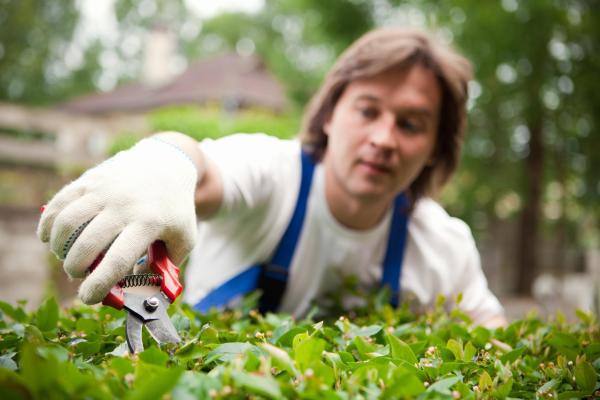
Pinch pruning
A pinch is type of cut that is made on tender stems and branches. It involves removing the last 5-10 cm from their ends. Doing so means the plant is able to develop new lateral branches, leading to a greater level of even leafiness overall. This is in contrast to very pronounced growth in some parts and less growth in others.
For pinch pruning, it is very important you know the needs of your specific plant. Some plants will not tolerate pinch pruning well and can even become damaged by it. Others are much more resistant and will not have any problems.
Sanitation pruning
Also known as sanitation trimming, this is a type of pruning which should be carried out on all plant species. It simply consists of removing leaves, branches and stems in poor condition from the plant. Its purpose is to prevent it from wasting energy and resources on feeding parts whose growth is not worthwhile or will simply not grow properly. The level of sanitation pruning each plant needs is variable. Some will need constant pruning throughout their lives, others may only need sanitation pruning once a year.
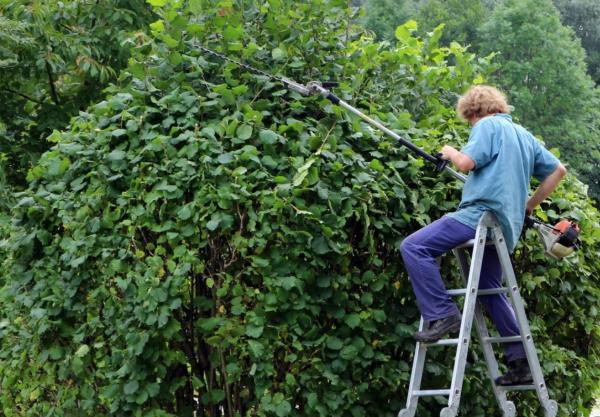
Fruiting pruning
This type of pruning is designed to maximize the fruit yield of a tree. It is necessary to prune different plants in different ways, but the aim is the same. The purpose is to provide the highest quality and number of fruits possible. A general rule of thumb is that a fruit needs 40 mature leaves to grow well. We also need the flowering buds and the stem buds to be balanced to reach the desired yield.
If you want to know some trees which need this kind of pruning, check out our article on fruit trees with pink flowers.
Rejuvenation pruning
This type of pruning is reserved for older plants. After they have reached a certain level of maturity, some plants can show their age. This can also be a result of, or exacerbated by, poor levels of care over the years. In these cases, rejuvenation pruning is designed to bring some life back into the plant. In comparison to sanitation pruning, rejuvenation pruning often requires drastic levels of trimming such as removing whole branches. Doing so helps to concentrate the plant's energy on new growth.
Flowering pruning
Flowering pruning is done on plants of great ornamental because they have beautiful flowering blooms. Specifically, it is a type of pruning which seeks to produce large and abundant flowers. It is carried out in a similar way to how fruiting pruning is done. Each species here is different and has different times of flowering. This means the pruning must be adapted to the rhythms and needs of the plant.
If you want to learn more about plants which are revered for their beauty, you can take a look at our article explaining what are ornamental plants and why are they important?
If you want to read similar articles to Types of Pruning Techniques, we recommend you visit our Plant care and cultivation category.

